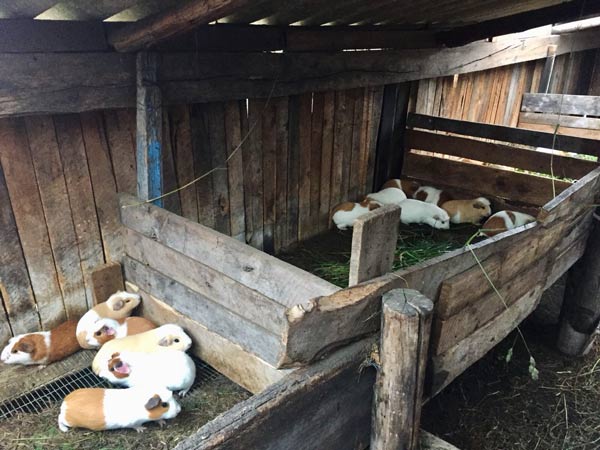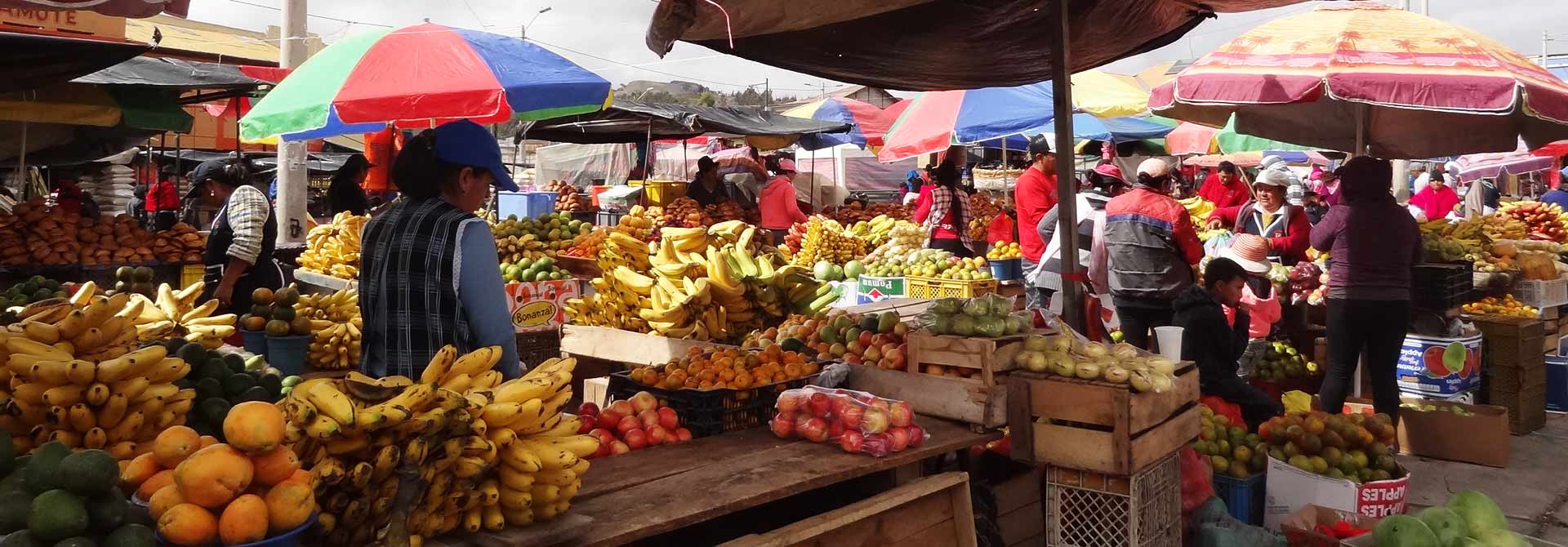What is Cuy?
Cuy, also known as guinea pig, is a small domesticated rodent native to South America. It is often raised for its meat, which is a traditional food in the Andean region of South America. Cuy is high in protein and low in fat, and is often prepared by roasting or frying. In some cultures, cuy is also believed to have medicinal properties and is used to treat various ailments.
Cuy in Ecuador
In Ecuador, cuy is a popular traditional dish and an important part of the country’s culinary culture. It is usually served during special occasions such as weddings, festivals, and other celebrations. It is often accompanied by roasted potatoes and a spicy sauce made from peanuts and aji peppers.
Cuy is also an important source of income for many rural communities in Ecuador. Many small-scale farmers raise guinea pigs as a way to supplement their income and provide a source of food for their families. In recent years, there has been growing interest in promoting cuy farming as a sustainable and profitable alternative to traditional livestock farming, as guinea pigs require less space and resources to raise than larger animals like cows and pigs. Cuy farming is a low-cost and low-risk activity. Additionally, cuy can be sold at a premium price due to its cultural significance and popularity as a food item in Ecuador.
Microbusinesses are thriving in Ecuador, and cuy farming is no exception. Various government and non-governmental organizations are working to provide support and training to small-scale farmers, including training in animal husbandry, business management, and marketing. This support has enabled many small-scale farmers to improve the quality and productivity of their cuy farms, increase their income, and improve their standard of living.
Cuy farming can also help to promote sustainable agriculture and rural development in Ecuador. It is a way to generate income without relying on large-scale industrial agriculture, which can be harmful to the environment and contribute to rural poverty. By promoting cuy farming as a microenterprise, it is possible to support rural communities and help to preserve traditional cultural practices while also contributing to the development of the national economy.
Cuy Festival in Ecuador
The Festival of the Cuy (Festival del Cuy) is an annual celebration in Ecuador that honors the cultural and culinary importance of cuy in the Andean region. The festival takes place in the city of Cuenca, usually in the month of November, and attracts both locals and tourists from around the world.
During the festival, visitors can sample a variety of cuy dishes prepared by local chefs and food vendors. There are also competitions for the best dish, as well as cultural events such as music and dance performances that showcase the indigenous cultures of the Andes.
In addition to the food and cultural events, the festival also aims to raise awareness about the importance of preserving the traditions and cultural heritage of the Andean region, as well as promoting sustainable agriculture and rural development.
The Festival of the Cuy is a unique opportunity to experience the culinary and cultural traditions of Ecuador and to learn more about the country’s rich history and heritage.
Cuy in Peru
Cuy farming is also an important industry in Peru, particularly in the highlands. Small-scale farmers may raise guinea pigs to earn additional income and have access to another food source.
In addition to its culinary significance, cuy is also an important cultural symbol in Peru. It has been used in religious ceremonies by indigenous Andean communities for centuries and is often associated with the concept of “ayni,” or mutual reciprocity. Cuy is also a popular attraction for tourists visiting Peru, who often seek out traditional dishes as part of their cultural experience.
While guinea pigs are primarily consumed in the Andean region of Peru, they are also sometimes eaten in other parts of the country.
 Traditional Andean Cuisine
Traditional Andean Cuisine
The Andean region of South America, which includes countries such as Peru, Bolivia, Ecuador, and Colombia, has a rich culinary tradition that dates back thousands of years. Here are some examples of traditional Andean foods:
Cuy: As mentioned earlier, cuy, or guinea pig, is a traditional food in the Andean region, especially in Peru and Ecuador.
Quinoa: This grain has been a staple food in the Andean region for centuries. It is high in protein and other nutrients, and can be used in a variety of dishes, from soups and stews to salads and side dishes.
Potatoes: The Andean region is home to a wide variety of potato species, and potatoes have been an important part of the local diet for thousands of years. They can be prepared in many ways, including boiled, fried, roasted, and mashed.
Ají: This spicy pepper is a common ingredient in many Andean dishes, and is used to add heat and flavor to soups, stews, and sauces.
Chicha: This fermented corn drink is a traditional Andean beverage that has been consumed for centuries. It is often made by chewing corn and spitting it into a container to start the fermentation process.
Rocoto: This hot pepper is a popular ingredient in Peruvian cuisine, and is used in dishes such as ceviche and stuffed peppers.
These are just a few examples of the many traditional Andean foods that are enjoyed in the region. Each country and even each region within a country may have its own unique culinary traditions and specialties.



 Traditional Andean Cuisine
Traditional Andean Cuisine